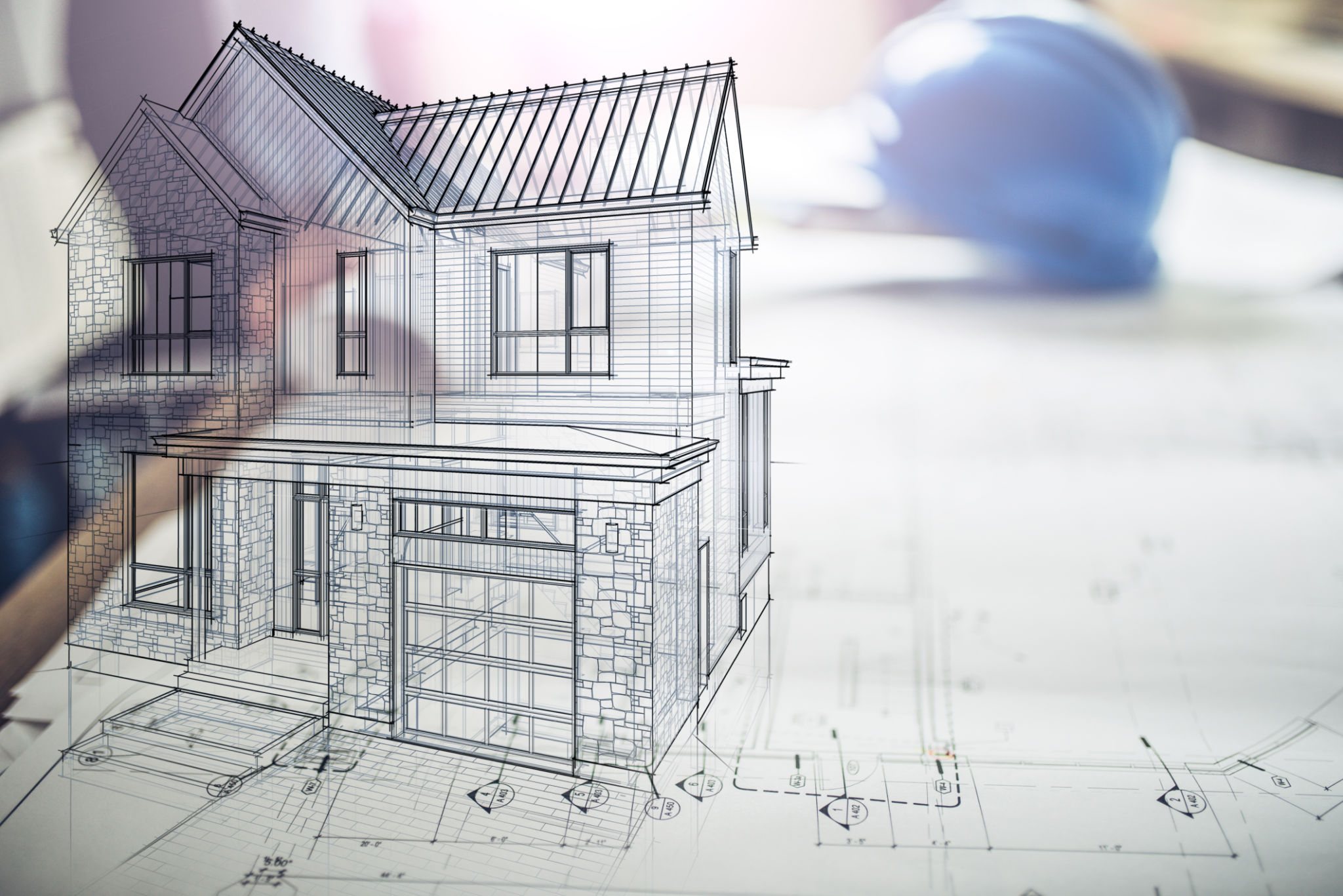Understanding Building Regulations in South Africa: A Guide for Property Owners
What Are Building Regulations?
Building regulations in South Africa are a set of standards that govern the construction and renovation of buildings to ensure safety, health, and environmental sustainability. These regulations are crucial for maintaining structural integrity and ensuring that properties are suitable for occupancy. Understanding these regulations is essential for property owners who wish to undertake any building projects.
The regulations are outlined in the National Building Regulations and Building Standards Act, which provides guidelines on various aspects such as construction methods, materials, and design. Compliance with these standards is mandatory, and failure to adhere can result in fines or even demolition of non-compliant structures.

Why Compliance Matters
Compliance with building regulations is not just a legal requirement; it is also a matter of safety and efficiency. By following these standards, property owners can ensure that their buildings are safe for occupants, resistant to natural disasters, and energy-efficient. This not only protects the inhabitants but also enhances the value of the property.
Moreover, adhering to building regulations can facilitate smoother transactions when selling or leasing a property. Buyers and tenants are more likely to be interested in properties that meet all legal standards, reducing the risk of future disputes or costly renovations.
Consequences of Non-Compliance
Non-compliance with building regulations can lead to severe consequences. Authorities may issue stop-work orders, impose fines, or require costly modifications to meet the standards. In extreme cases, non-compliant structures may face demolition orders, leading to significant financial losses for property owners.

The Approval Process
Before any construction or renovation project can commence, property owners must obtain the necessary approvals from local authorities. This involves submitting detailed plans and specifications that demonstrate compliance with building regulations. The approval process may vary depending on the type and scale of the project.
Typically, the process includes the submission of architectural drawings, engineering reports, and other relevant documentation. It is advisable to work with qualified professionals who can ensure that all aspects of the project align with regulatory requirements.
Timeframes and Costs
The timeframe for obtaining approval can vary, ranging from a few weeks to several months, depending on the complexity of the project and the efficiency of the local authority. It is important for property owners to factor in these timelines when planning their projects to avoid unnecessary delays.

Key Areas Covered by Regulations
Building regulations in South Africa cover various aspects that property owners must consider during construction or renovation projects. These include:
- Structural Safety: Ensuring that the building is structurally sound and resistant to environmental factors.
- Fire Safety: Implementing measures to prevent and control fires, including adequate escape routes.
- Health and Hygiene: Ensuring proper sanitation, ventilation, and access to clean water.
- Sustainability: Promoting energy efficiency and environmentally friendly practices.
Understanding each of these areas can help property owners ensure compliance and contribute to a safer built environment.
Working with Professionals
Due to the complexities involved in understanding and implementing building regulations, it is often beneficial for property owners to work with experienced professionals. Architects, engineers, and contractors who are familiar with local regulations can provide valuable guidance and support throughout the project.
These professionals can assist in preparing all necessary documentation, navigating the approval process, and ensuring that the construction or renovation work meets all legal standards. Collaborating with experts can save time, reduce stress, and prevent costly mistakes.

